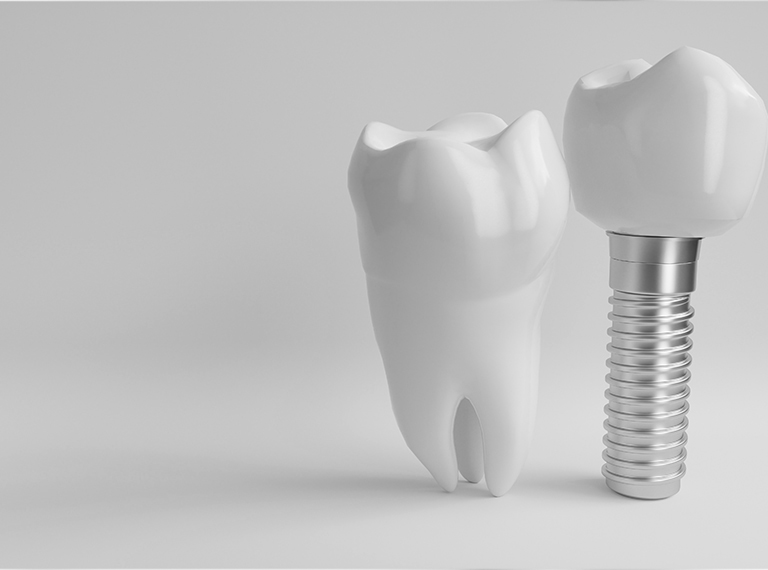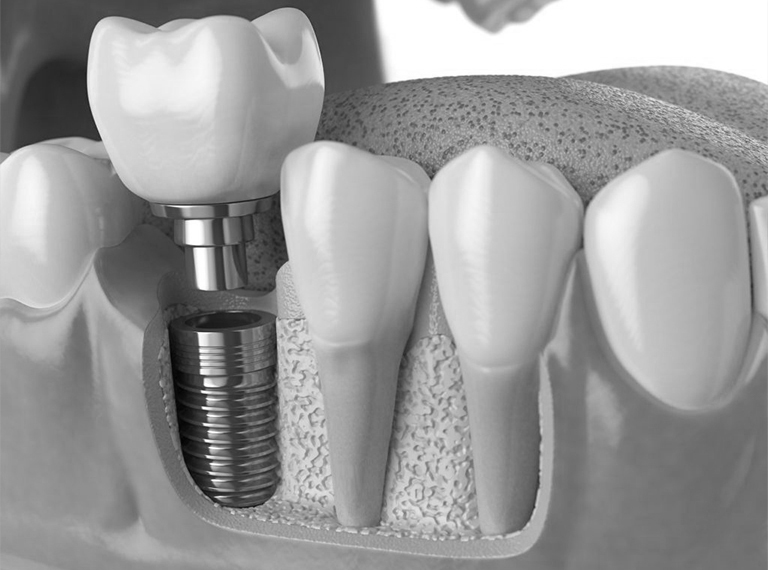Restorations (fillings)

Restorations (fillings)
Restorations(fillings) are a common dental procedure used to repair teeth that have been damaged by decay or injury. The filling material is used to restore the shape, strength, and function of the affected tooth. There are several different types of filling materials that can be used, including amalgam (silver), composite (tooth-colored), gold, and porcelain.
Amalgam and gold fillings aren’t used as much (if at all) nowadays.
Composite fillings, also known as tooth-colored fillings, are made of a mixture of plastic and fine glass particles. They can be matched to the color of the tooth, making them less noticeable. They are also less invasive to place, as they do not require as much removal of tooth structure as amalgam fillings. However, they are not as durable and may not last as long.
Porcelain fillings, also known as inlays or onlays, are custom made in a dental laboratory and are a good choice for larger cavities or where a large amount of tooth structure/cusp has been removed.Onlay and inlays tend to be more expensive however they tend to be more conservative than a crown and provide better aesthetics and durability than regular composite restorations.
The procedure for placing a filling typically involves cleaning the decay from the affected tooth, and then filling the cleaned area with the chosen material. After the filling is in place, it will be shaped and polished to ensure a smooth and comfortable bite.
It is important to maintain good oral hygiene to prolong the life of your fillings. This includes regular brushing and flossing, as well as regular check-ups and cleanings with your dentist. With proper care, fillings can last for several years before they may need to be replaced.
In conclusion, restorations(fillings) are a common and effective way to repair damaged teeth. Different types of filling materials are available, each with their own advantages and disadvantages. It’s important to discuss with your dental provider what type of filling is best for you based on the location and extent of the damage, as well as your budget and aesthetic considerations.
Quick Contacts
Please feel free to contact our friendly staff with any medical enquiry.
- Phone: 330.659.2395
- Location: 3807 Brecksville Rd Ste #5 Richfield, OH 44286
- Monday : 8:00AM – 5:00PM
- Tuesday : 9:00AM -6:00 PM
- Wednesday : 8:00AM-5:00PM
- Thursday: 7:00AM-4:00PM
- Email Address : Hello@ElegantDentistry.com







